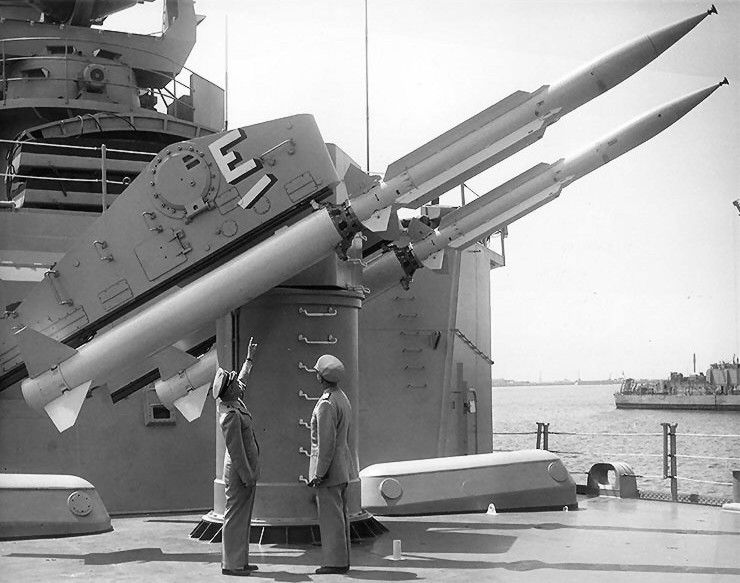
55 years ago today, the United States conducted the Sterling nuclear test inside Tatum Salt Dome 21 miles southwest of Hattiesburg, Mississippi. A 380-ton device was detonated at a depth of 2,715 feet inside the cavity created by the 5.3-kiloton Salmon test on October 22, 1964. 

This was the second of two underground nuclear tests to determine whether decoupled nuclear explosions inside salt domes could be detected and their yields accurately measured. This was done in the context of assessing the verifiability a nuclear test ban.
https://twitter.com/AtomicAnalyst/status/1451600297088925699?s=20
Today, the site is marked with a granite monument erected by the Department of Defense explaining what happened there, along with a warning not to excavate, drill, or remove any materials from the area. 



Although the Atomic Energy Commission assured site workers and local residents the risk of exposure to any radioactivity was minimal due to the depth of the tests, drillback operations and other activities did contaminate the air, water, soil, and people. nola.com/news/environme…
By 2015, the Department of Labor—through the Energy Employees Occupational Illness Compensation Program Act—had paid $16.8 million to settle 56 former workers' medical claims for serious illnesses linked to their work on the Project Dribble nuclear tests. sunherald.com/article4944801…
The little-known Project Dribble tests on October 22, 1964, and December 3, 1966—the only nuclear tests conducted in the eastern United States—were also discussed in the 1999 documentary “Atomic Journeys: Welcome to Ground Zero.”
For more, see: gulflive.com/mississippi-pr…
In 2015, students at the University of Mississippi released “Atomic Mississippi,” using archival footage and interviews with experts and local residents to revisit these nuclear tests and consider their impact on the local environment and public health.
• • •
Missing some Tweet in this thread? You can try to
force a refresh



























